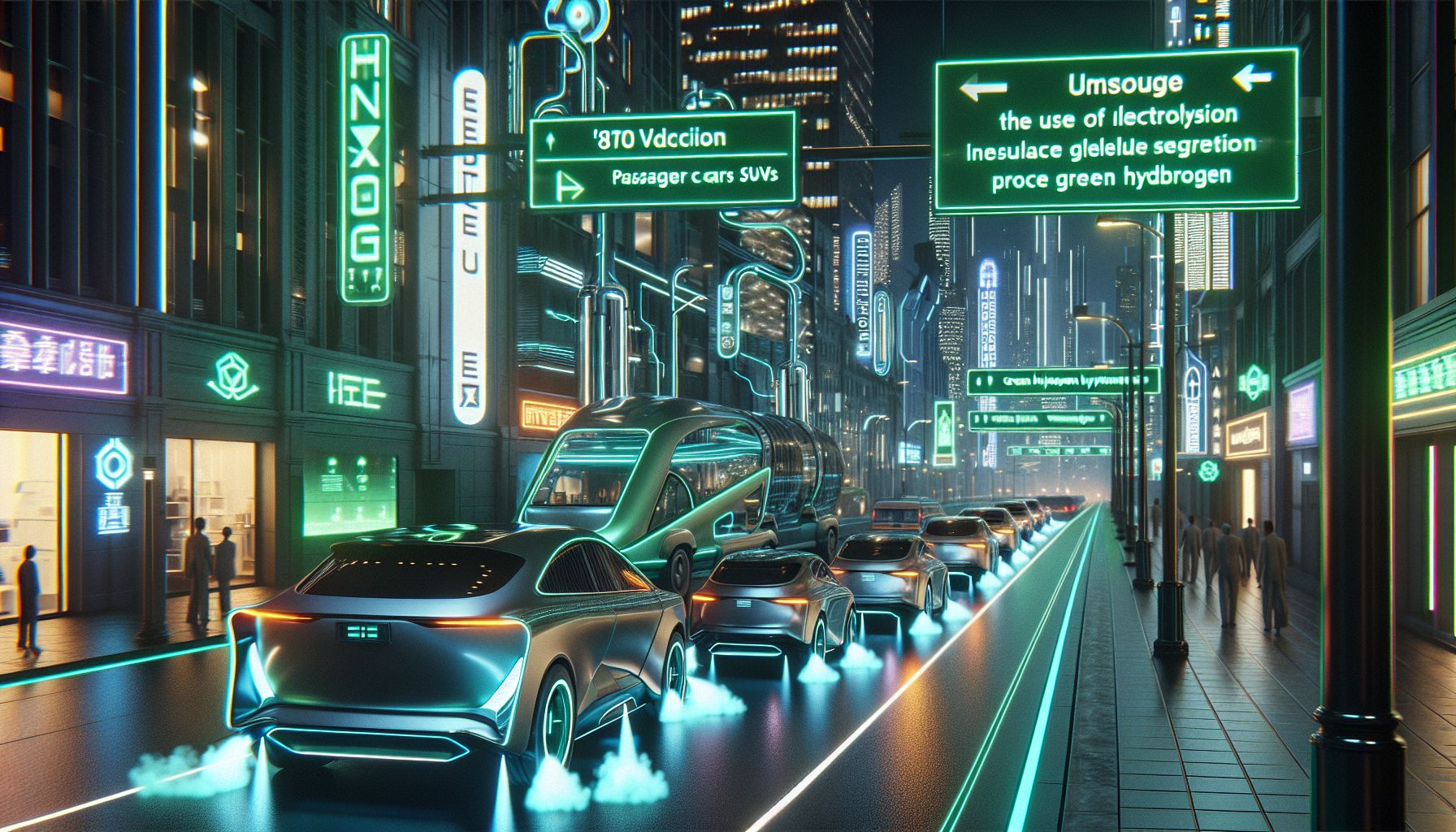Hydrogen Fuels: A Green Leap in Vehicle Emissions Reduction

London, Tuesday, 15 April 2025.
A study highlights how green hydrogen, produced via electrolysis, significantly benefits the environment when used in various vehicle types, such as passenger cars and SUVs. This innovative fuel promises a cleaner future for transportation, addressing urgent climate goals with fewer emissions and higher efficiency.
Hydrogen in Vehicles: A Cleaner Alternative
Imagine cruising in your car and knowing you’re contributing less to climate change. Well, that’s where green hydrogen, made via electrolysis, steps in as a game-changer. This process is powered by renewable energy, meaning emissions plummet compared to traditional fuels. It’s even more exciting to hear that fuel cell vehicles (FCVs) using hydrogen have been found to emit far less than other types, showcasing their efficiency and minimal environmental impact [1][4].
Understanding the Life Cycle of Hydrogen
The full journey of hydrogen—from production to use in vehicles—offers fascinating insights into its sustainability. A comprehensive study using Life Cycle Assessment (LCA) software, like GREET, helps us picture this impact vividly. It’s like seeing the entire life cycle of hydrogen laid out, revealing the true stars in the hydrogen production world, namely green and blue hydrogen, characterised by their low emissions and efficiency [1][2].
Technological Innovations Driving Change
The hydrogen fuel domain is bursting with tech advancements. Proton electrolyte membrane (PEM) technology is especially noteworthy for its reduced carbon footprint. Also, novel pyrolysis frameworks create hydrogen from plastic waste, offering dual benefits: less pollution and a better environment [1][3]. With these innovations, hydrogen isn’t just about cars; it’s a banner for sustainability in the industrial and aviation sectors too [4].
Global Implications and Future Prospects
As the world leans into greener energy, hydrogen-fuelled vehicles present a practical solution for our sustainability crises. Projections suggest hydrogen vehicles might capture up to 30% of the market by 2050, a bold leap towards reducing gasoline dependence [3][5]. With nations eyeing greener polices and infrastructure improvements, hydrogen’s role in clean transportation is indeed promising. Who would’ve thought? What feels like a sci-fi future is slowly becoming our present [4][6].